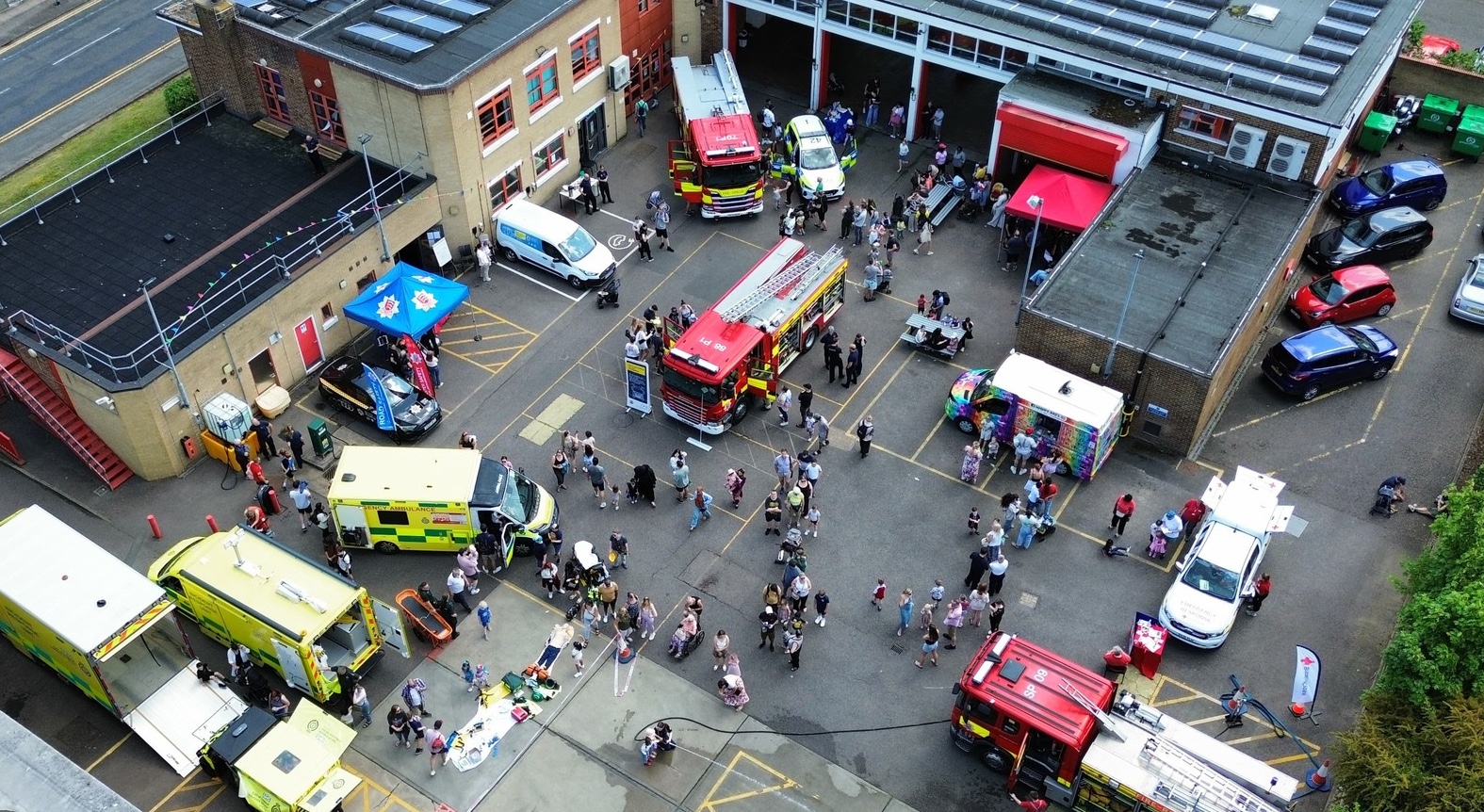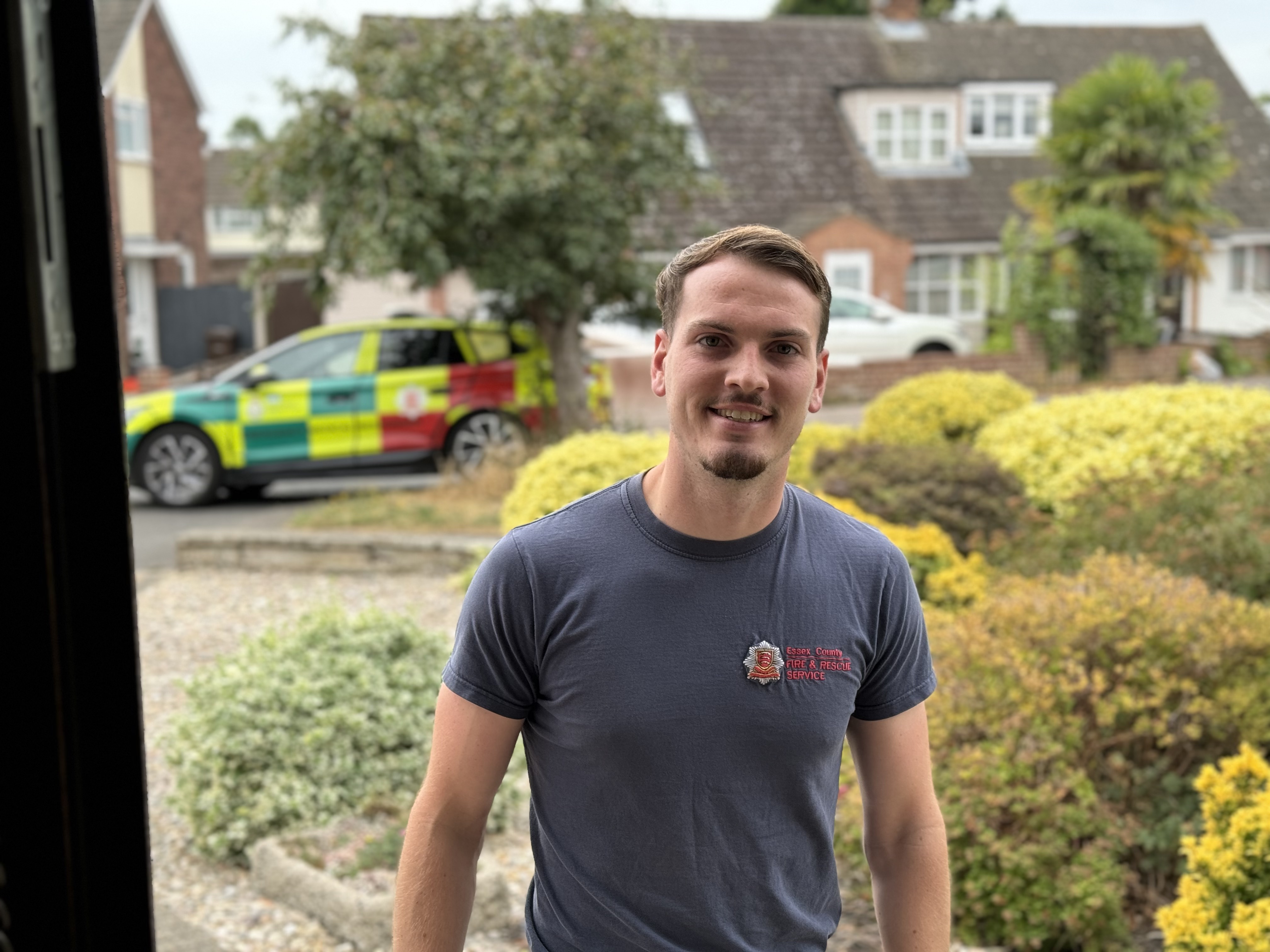The Way Things Used To Be
A previous “All Fired Up” article looked at the 1938 Fire Brigades Act, the first piece of legislation obliging local authorities in Great Britain to provide a fire service. At that time, metropolitan Essex was protected by existing municipal fire brigades such as Clacton, Chelmsford and Barking (the latter of which was part of Essex), so the act had most effect in rural parts of the county.
The 1938 edition of The Municipal Yearbook was almost certainly prepared, and may well have gone to press, before the Act came into force. Supplying information for the book would have been voluntary, but 13 Essex fire brigades made returns for the book’s section on fire services. These ranged in population size from West Ham, which was also the busiest with an average of 450 fire calls over each of the previous five years, to Canvey Island, which had a population 6,500, rising to 30,000 in the summer, though they didn’t submit a figure in respect of fire calls.
One thing that emerges from the fire brigade returns in the yearbook is a lack of standardisation in the phraseology used, particularly to describe the duty systems the various brigades worked. The lack of standardisation generally in the fire service became a serious issue when war was declared in 1939. Clacton described its duty system as, “4 retained and 10 volunteer”, suggesting a complement of 14 firemen (as they were then known), all part time. However, Clacton was one of only three out of the 13 Essex fire brigades listed to have a chief fire officer (CFO), W H Woods, who had a professional qualification as a member of the Institute of Fire Engineers. Was he one of the four described as, “retained” and did they all actually work some sort of day duty?
The other two fire brigades whose chief officers could put MIFireE or AMFireE after their names were: West Ham - CFO H Johnson; and Dagenham - CFO J Smith. Dagenham described its duty system as, “2 shifts” and West Ham said its was, “professional 2 platoons”. Both were staffed around the clock by whole-time firemen. Southend described its duty system as, “professional, volunteer and continuous”, suggesting its main fire station was manned whole-time with sub stations on call. East Ham was another, “professional 2 platoon” fire brigade.
At the other end of the scale were the fire brigades of Canvey Island and Maldon whose duty systems were described by the one word, “volunteer”. Maldon Fire Brigade covered a population of 12,400 and had had an average of 6 annual call-outs over the previous five years. Maldon’s CFO was one W T Flack (remember Captain Flack who commanded the Trumpton Fire Brigade in the BBC children’s tv series?) who lived in the town’s Fambridge Road – the house is still there. These two fire brigades depended entirely on part-time personnel.
West Ham was by far the busiest Essex fire brigade entered in the yearbook and, in the absence of a return from Canvey Island, Maldon was the quietest. In second place in this league table was Ilford with a “professional continuous” duty system and an average of 232 calls over each of the previous five years, followed by Southend, 198 calls; East Ham, 188; Dagenham 134; Leyton 113; Barking 107; Wanstead and Woodford 80 and Chelmsford 56.
In 1938 the 999 telephone emergency number was very much in its infancy and by no means universal across the UK. Some of the 13 Essex fire brigades appear to have used the telephone number allocated by the Post Office, which ran the telephone network in those days, e.g. Maldon 315, which may well have been CFO Flack’s private number, and Hadleigh 58538 for Benfleet Fire Brigade, Leyton 237/8 for Leyton and Canvey 109. This last number may also well have been the private line to the brigade’s CFO, C Newman, who resided at “Rurki” on Craven Avenue, Canvey. Clacton Fire Brigade’s telephone number, Clacton 323 was easy to remember, but a lot of brigades had taken the number 2222, combined in the metropolitan areas with the first three letters of the telephone exchange*, which also had to be dialled as a, presumably, easy means of contact: - West Ham, MARyland 2222, Wanstead and Woodford, Buckhurst Hill 2222, Ilford,
And finally, that feature always in the mind of everyone – the cost of the fire brigade. The variations in the costs quoted no doubt reflected the equally widely varying standards of the brigades themselves. The largest and busiest of those listed, West Ham, was also the most expensive with an annual cost of £48,000 (around £2.25m today). In second place came Ilford, £14,476 (equivalent to £680,000), followed by East Ham, £11,757 (£550,000). Fourth, fifth, sixth, seventh and eighth were: Leyton at £9,633 (£450,000), Southend, £8,890 (£420,000), Wanstead and Woodford £7,880 (£370,000), Barking. £7,010 (£330,000) and Dagenham, £6,585 (£306,000). They were followed by Benfleet, £1,025 (£47,000), Clacton, £819 (£38,500), Canvey £370 (£17,500) and Maldon, which managed to run its fire brigade at an annual cost of just £143 (£6,750)!
Mike Smith
* On telephone keypads, as well as numbers there are also letters: 1/ABC, 2/DEF, 3/GHI and so on. Therefore, to call The East Ham fire brigade you would need to connect to Grangewood’s exchange then call ‘2222’. Therefore, East Ham’s number was 472-2222 (G=4, R=7 & A=1).


